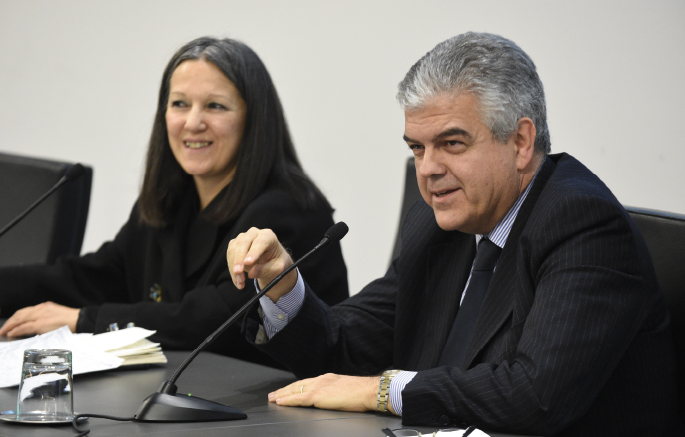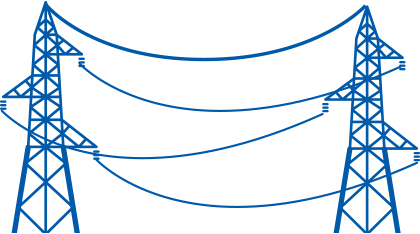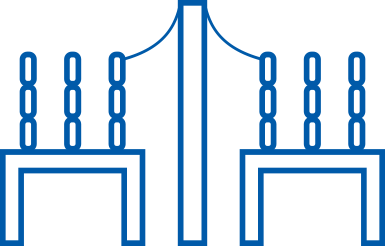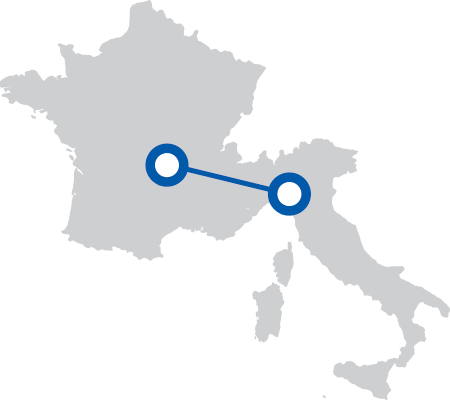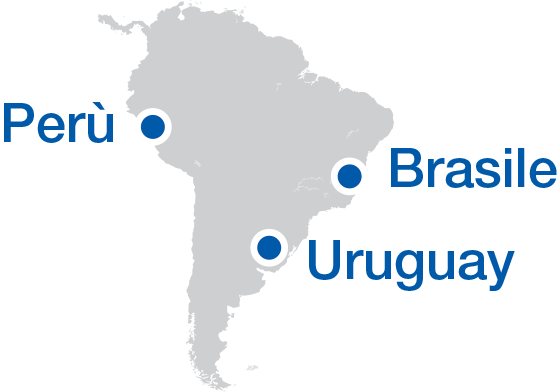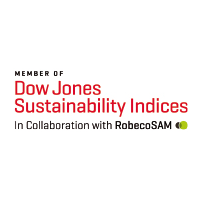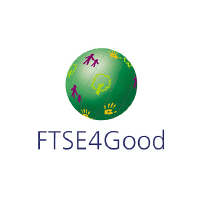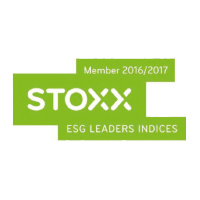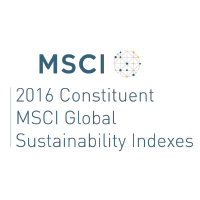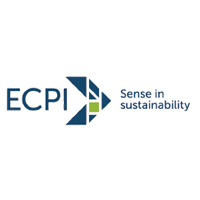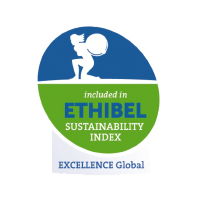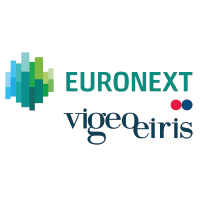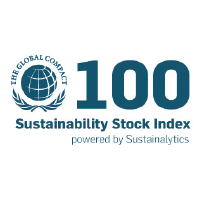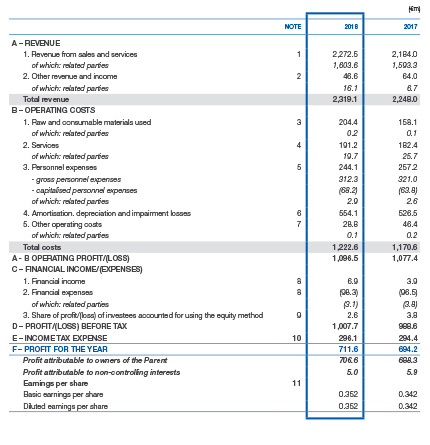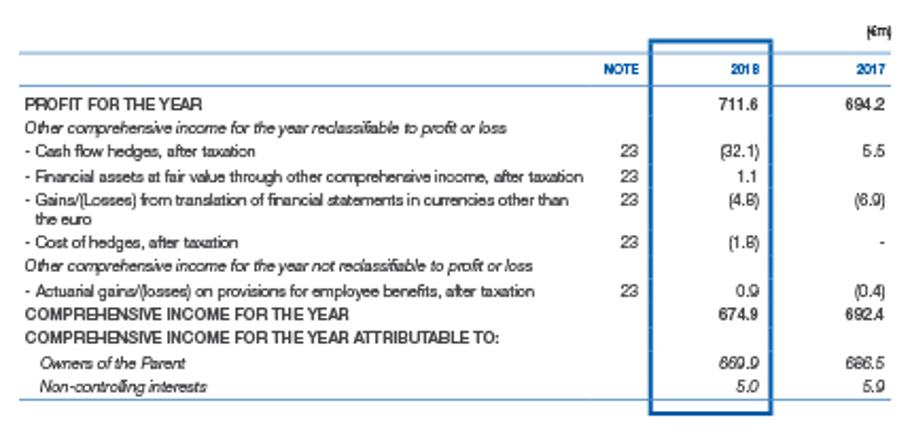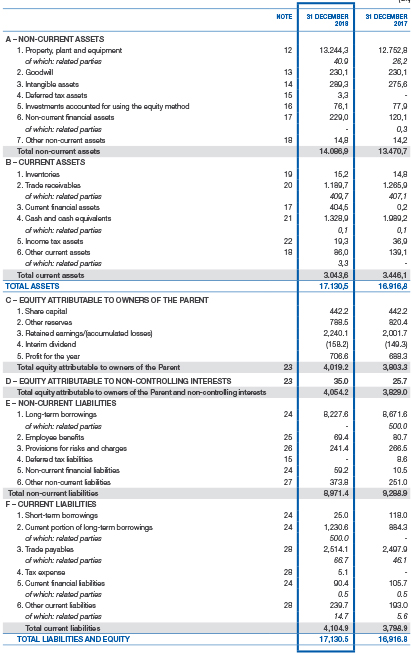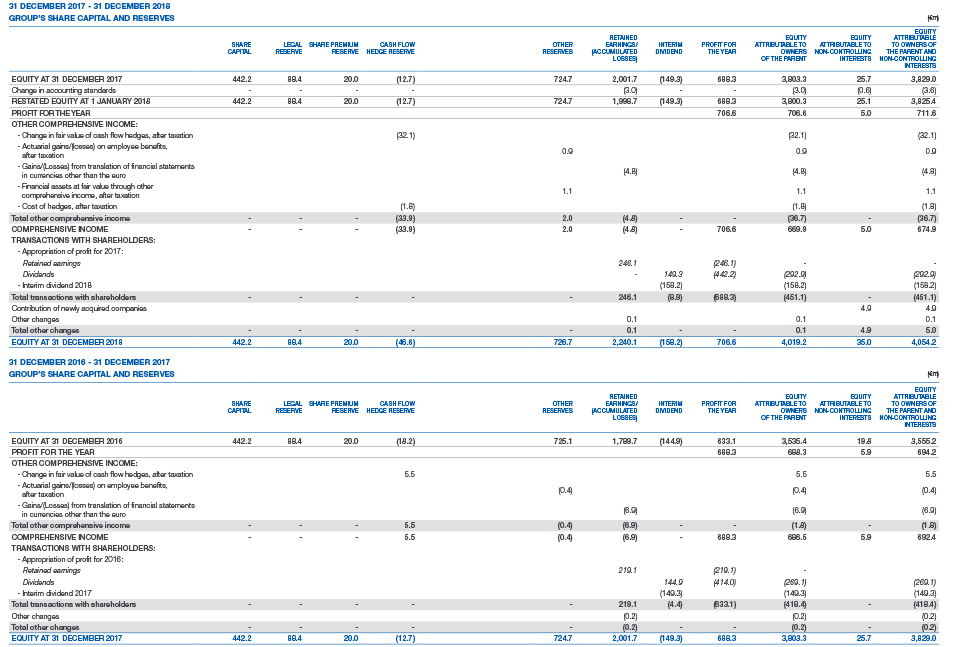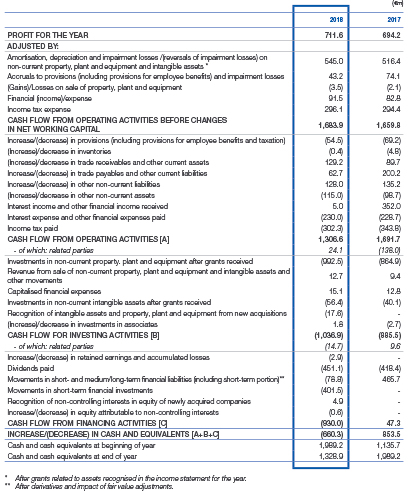Legal Notice
Notice to Visitors
The contents of the pages of the website are owned by TERNA S.p.A. and all text, documents, images and drawings
contained therein are protected by copyright owned by TERNA S.p.A. or by companies belonging to the TERNA Group
or by other assignors; any reproduction, modification or use without prior authorization of the owner is
prohibited.
Trademarks and logos used, unless differently specified, are protected by commercial rights and are owned by
TERNA S.p.A. or by companies of the TERNA Group.
Authorization is granted for the reproduction of documents published on this website exclusively for personal
use and not for commercial purposes, provided the name of source is properly indicated.
TERNA adopts reasonable care in collecting and presenting the information contained in this website and in
verifying their accuracy at the time of publication.
TERNA however denies any responsibility for inaccuracies or omissions of the information contained in the
above-mentioned website.
TERNA is not responsible for data and information published that has been elaborated by third parties and for
the contents of any other website that may be reached from the actual website or through which TERNA's website
can be accessed.
TERNA shall not be liable for any decision based on the information contained in the above-mentioned website
which is the exclusive responsibility of the internet website visitor, as well as for any loss or damage, direct
or consequential, that could derive from accessing such website - and from the use of the above-mentioned
website and the information published therein.
Any information of a financial nature contained in TERNA's website have been translated into the English
language for reasons of convenience; TERNA ensures that the contents of the English version are the same as
those of the Italian version, however, the only text holding true is the Italian one.
All information and services contained in the above-mentioned website must not for any reason be considered as
an invitation to invest in the Stock market or to negotiate shares and/or financial instruments owned by TERNA.
All documents contained in the above-mentioned website may be subject to change at any time without notice.
Privacy policy of Terna's website
Privacy Notice - Terna Group (Article 13 of Regulation (EU) 2016/679 "GDPR")
Why we have produced this Privacy Notice
Terna S.p.A., with registered offices in Rome, viale E. Galbani, no. 70, jointly with Terna Rete Italia S.p.A.,
with registered offices in Rome viale E. Galbani, no. 70 - 00156 Rome and Terna Plus S.r.l., with registered
offices in Rome, viale E. Galbani no. 70 - 00156, Rome as Joint Controllers pursuant to Article 26 of the GDPR
(hereinafter also "Terna", "Controller", "Joint Controller" or "Terna Group") is committed to respecting and
protecting your privacy and wants you to feel secure both when browsing the website and when providing personal
data to register for access to the services made available to our Users and/or Customers. On this page, Terna
provides information about the processing of personal data relative to users visiting or consulting the website,
accessible online at the addresses https://www.terna.it - https://ternaplus.terna.it and
https://ternareteitalia.terna.it (hereinafter also jointly referred to as the "Website"). This notice is made by
Terna for the aforementioned addresses and not for other websites which may be consulted by the user by means of
links (for which reference is made to the respective privacy notices/policies). The reproduction or use of
pages, materials and information contained in the Website, using any means and on any storage device, is not
permitted without the prior written consent of Terna.
Browsing data
Terna declares that the personal data provided by the User and acquired at the time of requests for information
and/or contact, registration to the site and the use of services through smartphones or any other
internet-enabled device, as well as the data necessary to provide such services, include browsing data, will be
processed in accordance with applicable law. The computer systems and software procedures used to operate the
Website during its normal operation acquire some types of personal data, whose transmission is implicit in the
use of the internet. This information is not collected for its association with the data subjects but may by its
nature, including through processing and association with data held by third parties, enable the identification
of the user. Such data includes "IP addresses" or the domain names of the computers used by users to connect to
the Website, URI addresses (Uniform Resource Identifier) of the requested resources, the time of the request,
the method used to submit the request to the server, the size of the file obtained in response, the numerical
code indicating the status of the response given by the server (successful, error, etc.) and other parameters
related to the operating system and system environment of the user. This data is used exclusively to collect
anonymous statistical information on the use of the Website and to check the correct operation of the
aforementioned websites.
Data provided voluntarily by the user
Terna collects, stores and processes the personal data provided by the user in order to provide the services
offered by the Website and to comply with legal requirements. The optional, explicit and voluntary sending of
emails to the addresses indicated in the relative areas of the Website, as well as the compilation of
questionnaires (e.g. forms), communication through live chat, push notification via apps, social networks, call
centres, etc. implies the acquisition of certain personal data, including information collected through the use
of the apps and related services, necessary to respond to the request. Please note that you may access the
Website or connect to areas where you may be able to publish information using blogs or notice boards,
communicate with other users, for example on Terna's page on Facebook®, Twitter®, Youtube® and other social
networking sites, and read and post comments or content. Before interacting with these areas, please read the
General Conditions of Use carefully, bearing in mind that in certain circumstances, the information published
can be viewed by anyone with internet access and all information included in your posts can be read, collected
and used by third parties.
Purposes of the processing and legal basis
Personal data is processed for the following purposes:
1) strictly connected with and necessary to any registration with the Website, services and/or apps developed or
made available by Terna, the use of the related IT services, the management of contact or information
requests;
2) for the additional activities connected with the management of the requests made by the User/Customer and the
sending of the reply that may envisage the transmission of informative materials or other information;
3) related with the fulfilment of obligations envisaged by European Union and national legislation, the
protection of the public order, the assessment and repression of crimes;
4) for the ascertainment of responsibility in the case of computer crimes against the Website; detection,
prevention, mitigation and ascertainment of fraudulent or illegal activity in relation to the services provided
by the Website.
The legal basis for the transfer of data for the purposes described in points 1) and 2) is the performance of
the pre-contractual measures adopted on request by the user and the execution of a contractual agreement.
The legal basis for the transfer of data for the purposes described in point 3) is the execution of a legal
obligation.
Finally, as regards the purposes described in point 4), the legal basis is legitimate interest.
Data processing methods and data storage period
The data collected will be processed by means of electronic or automated computer and online instruments or by
means of manual processing techniques with logics that are strictly linked to the purposes for which the
personal data was collected and, in any case, in such a way as to guarantee their security. Data is stored for
the time strictly necessary to the management of the purposes for which it was collected and in compliance with
current provisions and legal obligations.
Scope of data communication and transfer
To pursue the purposes described above, Terna may disclose and outsource the processing, in Italy and abroad,
of the personal data of its users/customers to third parties which whom the company has contractual agreements,
in the case that such third parties provide services to Terna at our request. Terna provides to these third
parties only the information necessary to carry out the requested services and takes all necessary measures to
protect your personal data. Data may be transferred outside the European Economic Area when necessary for the
management of your contractual agreement. In this case, the recipients of the data will be required to comply
with equivalent protection and security obligations to those guaranteed by the Controller. In the case of use of
services offered directly by Partners, we provide only the data strictly necessary for the performance of such
services. In any case, only the data necessary to the purposes envisaged will be disclosed and, when required,
the guarantees applicable to data transfer to third countries will be applied. Furthermore, personal data may be
disclosed to competent public bodies and authorities for compliance with legal obligations or to ascertain
responsibility in the case of computer crimes against the Website, as well disclosed or allocated to third
parties (as processors or, if suppliers of electronic communication services, as autonomous controllers), which
provide online and IT services (e.g. website management, development and hosting services) and which Terna uses
to carry out tasks and activities, including those of a technical and organisational nature, which are
instrumental to the operation of the Website. Subjects belonging to the aforementioned group operate as separate
Data Controllers or are appointed as Data Processors by Terna.
Personal data may also be known to employees/consultants of Terna and/or the Joint Controllers who are duly
trained and appointed as "Authorised data processors".
Cookies
This Website only uses technical cookies, which are used for the sole purpose of transmitting data to an
electronic communications network. They are not used for further purposes and are normally installed directly by
the owner or operator of the Website.
These can be divided into browsing or session cookies that ensure normal browsing and use of the website
(allowing, for example, to make a purchase or to log in for access to reserved areas); analytics cookies, which
can be equated to technical cookies and are used to collect aggregate information on the number of visitors and
the pattern of visits to the website; and functional cookies, which allow users to browse based on a series of
predetermined criteria such as language or products to be purchased so as to improve the quality of service.
Rights of the data subject
You have the right to exercise the following rights recognised to you by the GDPR.
a. to access your personal data, providing evidence of the purposes pursued by Terna, the categories of data
involved, the addressees to whom it may be disclosed, the applicable storage time, the existence of automated
decision-making processes;
b. to obtain the rectification of inexact personal data regarding you, without delay;
c. to ensure, in the cases provided for, the erasure of your data;
d. to ensure the restriction of processing or to object to such, when possible;
e. to request the portability of the data you have supplied to Terna, i.e. to receive it in a structured format
of common use and legible by an automatic device, also in order to transmit said data to another controller, in
accordance with the limits and restrictions set out by Art. 20 of the GDPR;
f. Moreover, you may also lodge a complaint with the relevant Data Protection Authority in accordance with Art.
77 of the GDPR.
To exercise your rights, please send your request to privacy@terna.it .
Personal Data Controller/Joint Controllers and Data Protection Officer
The Personal Data Controller is Terna - Rete Elettrica Nazionale S.p.A., with registered offices in Rome, at
via Galbani, 70 – 00156 Rome and/or the Joint Controller, as applicable, Terna Rete Italia S.p.A., with
registered office in Rome, at viale E. Galbani, no. 70 - 00156 Rome and Terna Plus S.r.l., with registered
offices in Rome, at viale E. Galbani, no. 70 – 00156 Rome.
Terna has appointed the Data Protection Officer (DPO) who can be contacted at the following email address: dpo@terna.it .
Last update: May 2018
TERNA S.p.A. - Share capital € 442,198,240 fully paid-in Registered office in Italy, Viale Egidio Galbani, 70
- 00156 Rome
Tel + 39 06 83138111 Rome Register of Companies, Tax Code and VAT No. 05779661007 - R.E.A. in Rome 922416
